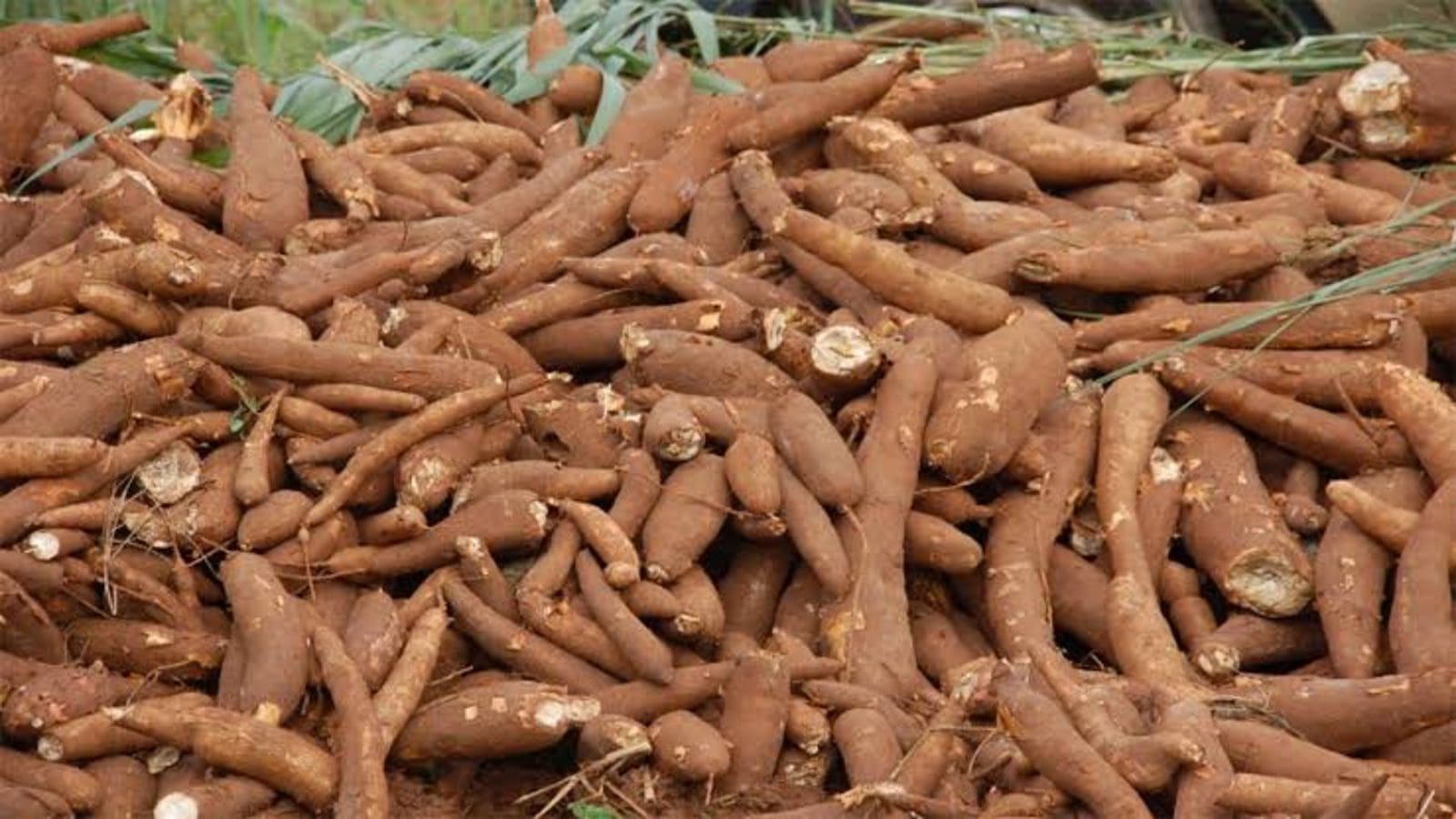ITALY- The largest producer of rice for the European Union (EU), Italy, could plant even less in 2023, as it potentially faces another year of drought.
Italy produces more than half of the rice consumed in the EU, which mostly grows in the northern regions of Lombardy. Italy is also the world’s only grower of types such as Arborio and Carnaroli that are most suitable for the popular Italian dish risotto.
According to the European Commission, Italy, produced 714,000 tonnes of milled rice in 2022, down significantly from 886,000 tonnes in 2021.
This year, agricultural observers warn that the country could plant its smallest area for the crop in 23 years.
According to Roberto Magnaghi, director general of Ente Nazionale Risi, a public rice research body, no more than 211,000 hectares will be sown with rice in 2023. The 2023 estimate is down by 7,400 hectares from 2022 and by 16,000 compared to 2021.
Andrea Toreti, an agriculture expert at the European Commission’s Joint Research Centre, explains that due to the prevailing drought, soil moisture levels are still pretty low, and current snowfall accumulation in the Italian Alps is lower than in 2022.
According to a farmer in Lombardy, the drought saw him lose 50% of his crops and he is afraid it could be worse this year.
“Normally, the irrigation channel that borders my farm is almost full and since last summer there have only been around 20 centimeters of water, so I can’t sustain my crops,” the farmer told CGTN.
This drought has been affecting the country for a while and last July, Italy declared a state of emergency for areas surrounding the Po, which accounts for roughly a third of the country’s agricultural production and suffered its worst drought for 70 years.
“We are in a water deficit situation that has been building up since the winter of 2020-2021,” climate expert Massimiliano Pasqui, from the Italian scientific research institute, CNR.
Lowered Ukrainian grain and US soy exports
While drought is affecting Italy’s rice production, grain production has been affected by similar climatic conditions as well as other issues such as war.
For example, citing data from the agriculture ministry, Reuters reported that grain exports from Ukraine for the 2022-23 season are down nearly 18% to 36.9 million tonnes as of March 27.
The report cited a smaller harvest and ongoing difficulties caused by Russia’s invasion, bringing the estimated volumes down from the 44.8 million tonnes of grain exported last year.
Meanwhile, a recent report by the US Department of Agriculture’s Economic Research Service (ERS) provides that while the United States remains the world’s top corn exporter, it continues to lose its export market share in wheat and soybeans.
According to the ERS, the United States did not establish any new free trade agreements (FTAs) from 2012 to 2020, potentially limiting export opportunities in some emerging markets amid competition from Brazil and Argentina.
Moreover, the ERS warned that US soybean exports could be in jeopardy because of overreliance on China, which accounts for more than US$50 billion in exports from 2016-20.
For all the latest food industry news from Africa and the World, subscribe to our NEWSLETTER, follow us on Twitter and LinkedIn, like us on Facebook and subscribe to our YouTube channel










